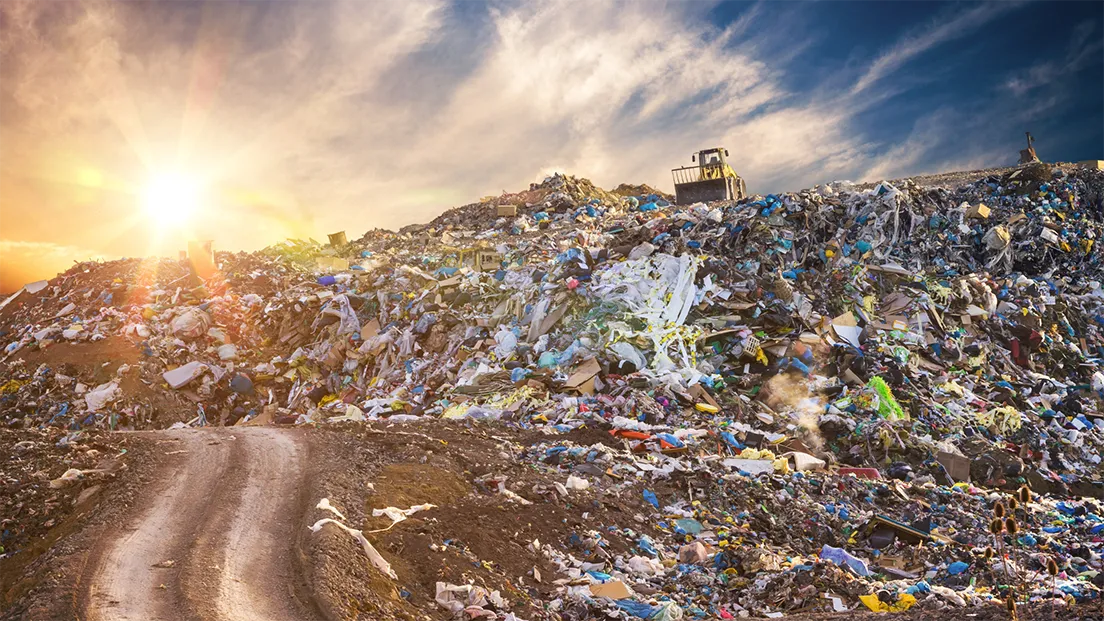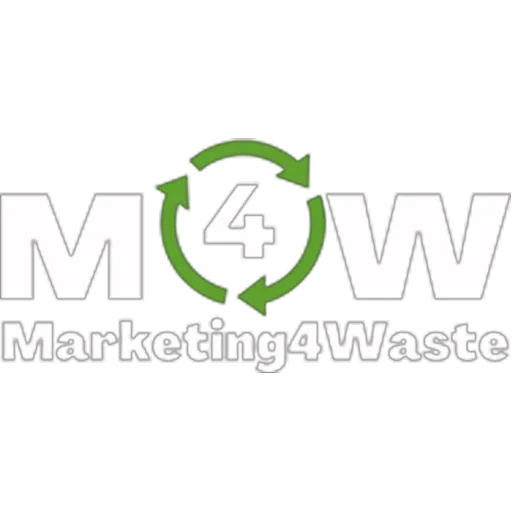Increase the Revenues of Your Waste Company With the Tips Shared in Our Blog Articles

Why It's Time to Ditch Landfills and Turn Waste into Wealth: The Ultimate Blueprint to Growing Your Waste Management Business
Fellow waste management warriors, I get it. Landfills have been the bread and butter of our industry for decades. Easy, straightforward, bury it and move on. But let's be real for a moment—the game is changing, and relying on landfills isn't just an environmental quagmire, it's a strategic dead-end. Costs are rising, the regulations are getting stricter, land is scarce, and public opposition grows louder each day. This isn't a viable business model; it's a slow march to stagnation.
I'm Sam Barrili, the Waste Management Alchemist, and today I'm going to tell you exactly why it's time to abandon the reliance on landfills and how to turn waste—yes, that ‘good old garbage’—into a thriving, profitable resource for your business.
The Cracks in the Landfill Business Model
For decades, landfills have seemed like the easiest solution to the waste problem. But let’s not kid ourselves—we're running out of space. More importantly, we're running out of community patience. Nobody wants a new landfill popping up in their backyard, and every single day the regulatory pressure grows tighter.
But beyond the headaches from NIMBY sentiments and ever-tightening red tape, here’s the truth: You’re burying your potential revenue. In every ton of waste dumped, there are untapped opportunities for profit that’re being tossed aside. You don’t need to be a visionary to see the shifting landscape; you just need to be smart enough to follow the money and make the necessary shifts.
What if I told you there was a way to lower operational costs, sidestep government penalties, and transform your waste streams into lucrative revenue channels? I’m not talking about pie-in-the-sky ideologies—I’m talking about a practical, step-by-step approach that will make your business thrive by putting an end to landfill dependency. Let's get into the blueprint.
Step One: Waste Diversion and Resource Recovery – The Profit Center You've Been Ignoring
Instead of burying trash, it's time to see it for what it is: a collection of resources. Metals, plastics, organics—all of these are materials with inherent value. And the market for secondary raw materials has never been stronger. The modern economy runs on raw materials, and guess what—your waste stream is loaded with them.
The smart move here is to start diverting this waste before it hits the landfill. By partnering with or developing your own Material Recovery Facility (MRF), you can turn your garbage into a goldmine of recyclable materials. Automated sorting technologies—like optical sorters or even advanced robotics—have never been more affordable, and the payback is real when you see how much valuable material you can extract and sell.
Imagine creating new revenue streams from plastics, metals, or high-value paper grades. This isn’t just wishful thinking; it's a concrete way to add substantial value to your business. By diverting valuable materials, you’re also reducing the load on your landfills, saving space, and extending the life of those expensive facilities. It's a two-fold win: less cost and more cash flow.
Step Two: Harnessing Organics – From Smelly Trash to High-Value Commodity
When we think about profit in waste, we often overlook the mountain of organic material in our waste streams. Food scraps, yard trimmings, wood—they often make up a third or more of the waste you’re handling. Instead of letting these materials rot in landfills, where they emit gases and generate environmental headaches, it's time to take control of them.
Organic waste can be diverted into compost or turned into biogas. Composting creates a product that landscapers, municipalities, and even farmers are hungry for. And biogas? Now that’s an untapped revenue opportunity with the added benefit of taking advantage of government incentives, where applicable. Whether you build your own anaerobic digestion facility or partner with energy companies to transform organics into power, you’re turning rotting garbage into sellable products.
With efficient organics diversion, you’re also helping to meet any imposed waste diversion targets, keeping your company ahead of the curve—because while others are paying fines, you’ll be cashing checks.
Step Three: Community Engagement – Turning Opposition into Support
Listen, nobody wants a new landfill. The idea of dumping waste into a massive pit in the ground and letting it sit there is far from appealing—not to the regulators, and certainly not to the people who live nearby. Communities have leverage, and they will use it to prevent your expansion. But what if they weren’t fighting against you? What if they saw your company as a positive contributor rather than a threat?
It starts with transparency and proactive community involvement. Show your community that you're not a “trash company”—you’re an innovator in waste management. Hold community forums, give tours of your recycling and composting facilities, and educate people about how your initiatives are keeping waste out of landfills and turning it into resources. Sponsor local events or host drop-off days for hard-to-recycle items, and people will start seeing your brand as part of the solution rather than the problem.
When you bring the community along for the ride, you’re not just eliminating pushback—you’re opening doors for smoother expansion and local partnerships. Community support is a currency of its own, one that unlocks opportunities landfills never could.
Step Four: Methane Capture and Monetization – From Gas to Cash
Methane—the stinky, invisible burden of every landfill. You already know it’s an environmental headache, but have you considered that it’s actually a wasted revenue stream if left unchecked? If you’re just venting it out or flaring it off, you’re quite literally burning money.
The smart play is to invest in methane capture systems and leverage that gas. Convert it into renewable natural gas (RNG) or electricity and partner with local energy grids. This does more than just reduce your operational footprint—it actually creates a sellable product. Energy prices aren’t getting any cheaper, and RNG has a strong market demand.
There are grants and incentives for renewable energy projects that you can tap into, further reducing your costs while turning what was once a liability into an asset. Methane capture is the alchemy that turns your gas problem into a profit center—it’s about being opportunistic, not just compliant.
Long-Term Vision: Waste as a Resource, Not a Problem
The future is about efficiency, value extraction, and turning trash into treasure. Those who cling to the old landfill-focused model are going to get left behind—the margins will get tighter, the regulations harsher, and the community resistance louder. The smart waste management companies are already shifting away from the “bury and forget” model toward resource recovery and monetization.
In practical terms, this means making waste diversion a priority, from recyclables to organics. It means partnering with industries that are hungry for your recovered materials and creating closed-loop systems where your “waste” is someone else’s resource. It means being the company that doesn’t just take out the trash, but transforms it into something of value. By making these changes, you’re not only future-proofing your business but also positioning it for real, tangible growth.
This isn’t about idealism. This is about recognizing where the money is in this industry and having the boldness to adapt and claim it. Landfills aren’t the future—but resource recovery is. Those who are ready to take the leap and start innovating now are going to be the ones who dominate this industry in the coming decades.
I urge you—ditch the landfills and start looking at every single ton of waste as an opportunity. The road to growing your waste management business is paved with the very materials we used to throw away.
Want to transform your operation from a landfill-dependent liability into a resource recovery powerhouse?
Let’s talk. I’m here to help you navigate these changes and make your waste streams the backbone of a thriving business.
Book a consultation with me, and let’s build the future together.
To Your Success
Sam Barrili
The Waste Management Alchemist


© 2025 Marketing4waste - All Rights Reserved,
Marketing4Waste is a brand of MiM MarketingInterimManagers LLC
+1 801 804 5730

